

SMS isn’t the first channel that springs to mind when marketing. But it’s actually an incredibly effective channel to use.
SMS has fantastic open rates, a brilliant response rate, and is great for customer engagement. However, it’s limited in terms of the more creative aspects of marketing (design, for example, or video)
When combined with email marketing, however, these limitations vanish. A blend of SMS and email marketing can result in engaging, successful customer journeys that lead straight to conversion.
Here, we’ll run through the reasons you should incorporate SMS into your email strategy. Then we’ll tell you our six top tips for merging SMS and email to dominate your market.
Advantages of SMS marketing
SMS marketing has a lot of very important advantages. By combining SMS with your email marketing, you can make the most of the following benefits:
Incredible open rates

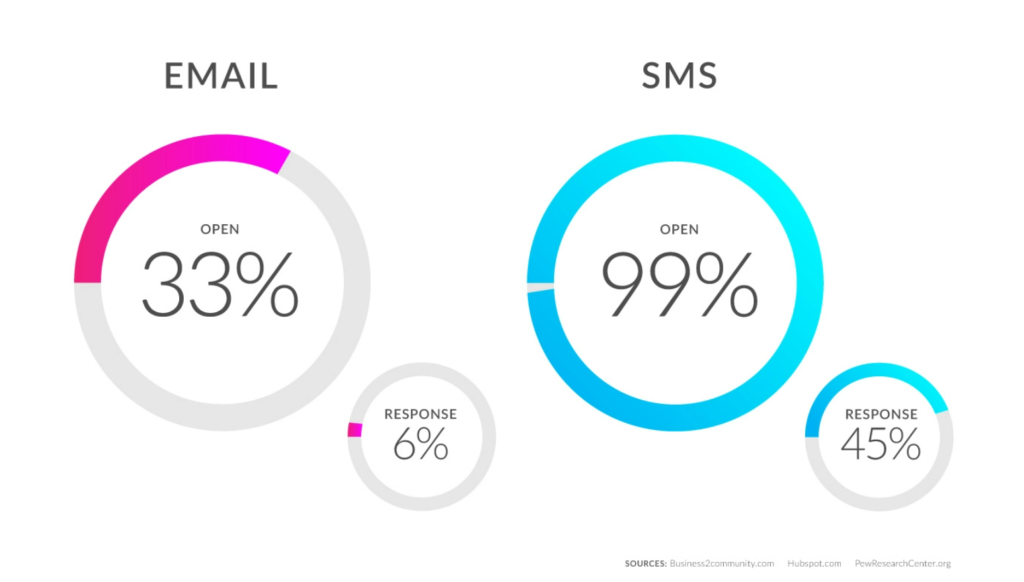
There’s an immediacy to SMS that can’t be ignored. We’re far more likely to drop everything and check a text message than we are to dive into our email inbox. Only a third of email marketing messages get opened, while nearly all texts are opened.
The response rate for SMS is also fantastic. 45% of SMS marketing messages get a reply – and that figure rises when the recipient knows and trusts the sender.
Mobile-friendly
This may sound obvious – but SMS is very mobile-friendly!
In this day and age, it’s vital for marketing to be mobile-friendly. People use their phones for everything, from taking notes to listening to audiobooks and even for creating royalty free podcast music.
However, types of mobile devices differ a lot. It’s almost impossible to optimize most types of content for every single sort of phone.
For SMS, it’s different. Every phone – from the latest smartphone model to the most basic brick – can receive SMS. This makes SMS very accessible.
It also enables you to reach new audiences. It’s estimated that 3.5 billion people worldwide have internet access. That’s an impressive figure – but it does still leave some people out. However, 6.6 billion people worldwide have a mobile phone and can receive text messages.

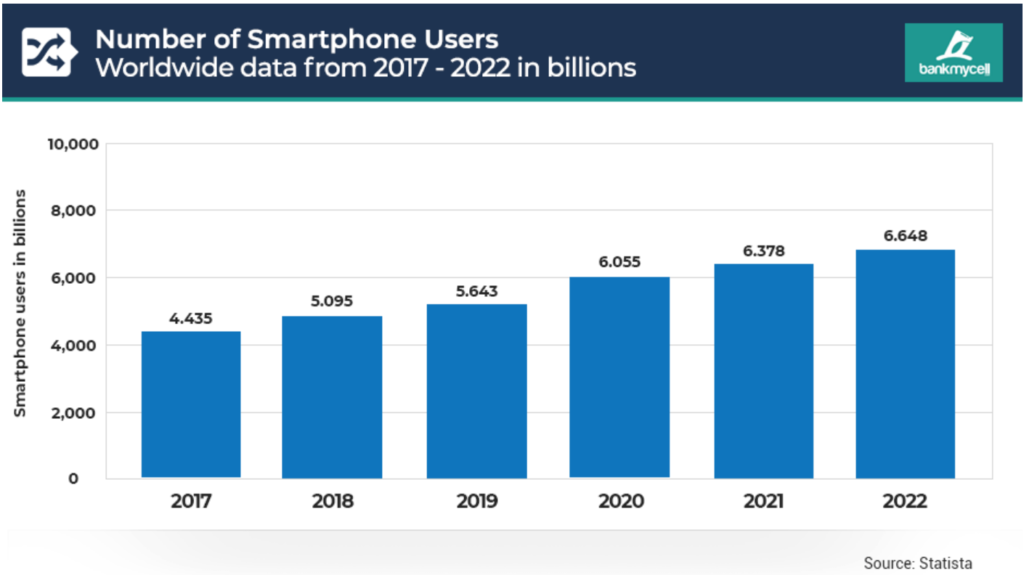
So, by incorporating SMS into your marketing mix, you can open your messaging up to a far wider audience.
Fast delivery
SMS is at its best when you need to get in touch with the customer quickly and reliably. SMS messages reach customers almost immediately. What’s more, with their excellent open rates, you can be sure that the customer will not just get your message quickly – they’ll also read it quickly.
This makes SMS great for sending important information, like delivery notices, news of service disruptions, and so on.
Sometimes, getting in touch with the customer quickly is vital for a good customer experience. SMS is the way to do this.
Works brilliantly with other types of marketing
SMS is very versatile. You can use it to reinforce, extend, and enhance any other marketing channel.
Here, we’re going to be talking about how you can merge SMS with your email marketing, and we’ll be looking into things like the right tech you should use, including types of sales enablement tools. A lot of our tips can be adapted for other channels. So, keep an open mind!
6 ways to blend SMS with your email marketing
Hopefully, we’ve convinced you that merging SMS with your email marketing is a good idea! Now, let’s get into how you can merge the two channels to best effect.
- Play to the strengths of SMS
The great thing about merging email and SMS is that each channel can do things that the other can’t. When used together, they make a perfect campaign.
The major strengths of SMS are its delivery speed and its exceptional open rates. As a fast and reliable channel, SMS is great for things like:
- Building buzz about events
- Notifying about changes to service
- Sending delivery messages
- Sending passwords or password reset links
- Sending discount codes
- Getting feedback


Here, for example, Adidas uses SMS to alert a customer about an impending delivery:

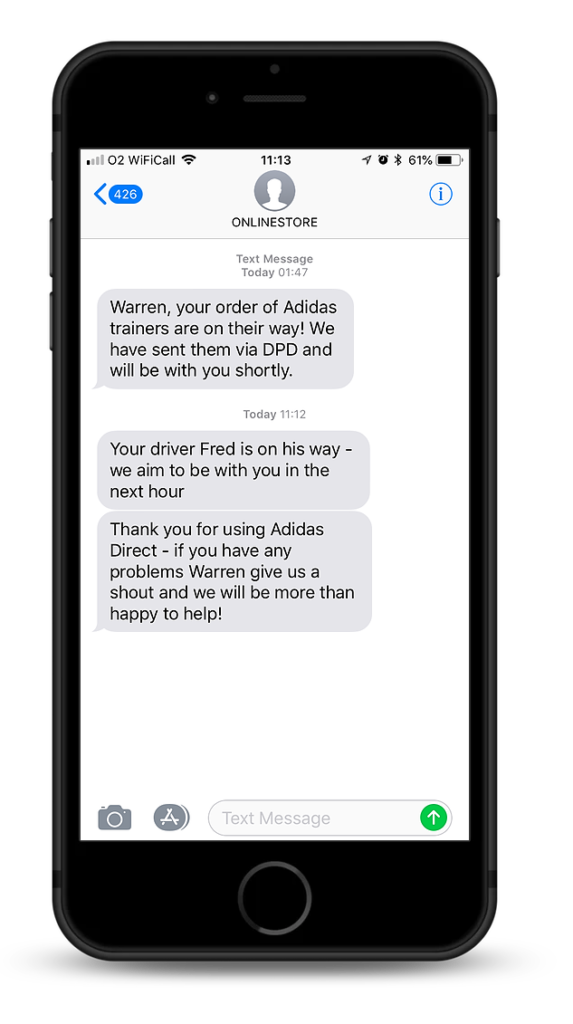
And here, an airline uses SMS to alert a customer of a flight delay:


What SMS is not great for is conveying a lot of information. It’s also pretty basic when it comes to things like design, creative content, and so on. This is where the combined talents of SMS and email marketing come into play.
For example, if you need your customer to absorb a lot of information quickly, you can combine SMS and email in a two-pronged approach.
Take advantage of the immediacy and high open rate of text by sending your customer an SMS asking them to check their email (or maybe even linking them to the relevant information on your website!)
Or, think of your SMS as a subject line. Use it to grab attention and draw people into your email. Then put all that creative, long-form goodness into the email, safe in the knowledge that your open rates will be high.
This way, you can keep your customers up to date with the important info and drive up your email engagement rates while you’re at it.
- Use each channel to build the other’s lists
Lead generation is a huge part of any marketer’s workload. And gaining subscribers through just one channel is a thankless task.
However, when you combine SMS and email in your lead generation efforts, that job becomes a whole lot easier.
Text your SMS list and suggest that they subscribe to your email marketing. Adding an incentive like a discount or a freebie often helps. Given the high open and response rate of SMS, you can build up your email list via SMS very quickly.

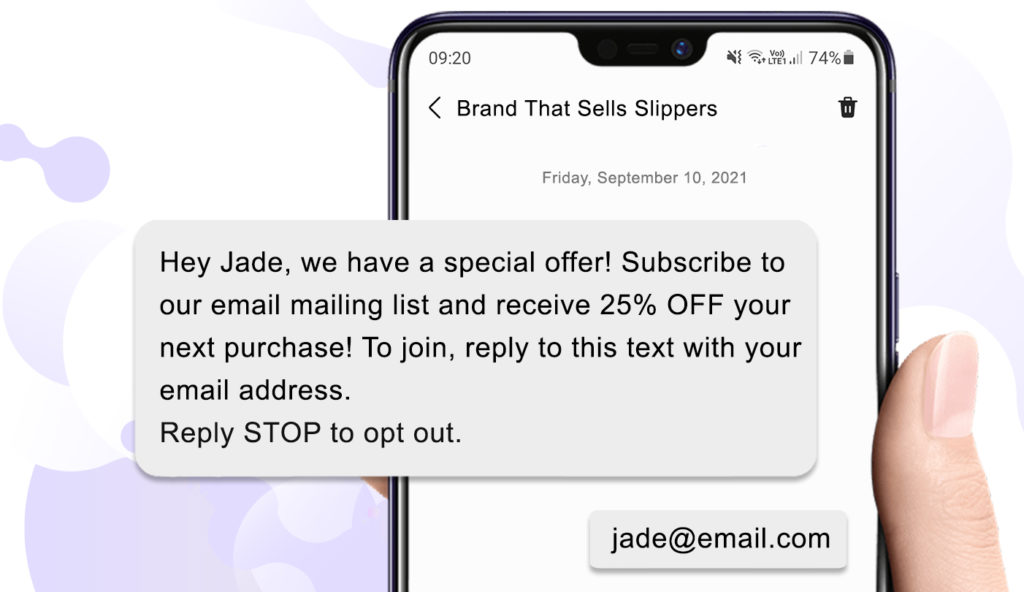
You can do the same with your email marketing. Send out a campaign encouraging customers to sign up to your SMS list.
You can even promote your SMS list in your regular emails. Put a subscription link at the bottom of each email or in a box-out (whatever works best for your format).
- Centralize your data
Every customer touchpoint is a potential source of great data. SMS is no different. By combining SMS and email marketing, you can gather plenty of data to analyze and draw insights from.
Whether you’re using an Azure data lakes system, a CRM, or a commercial DMP, your data will be at its best and most useful when it’s in one, easily-accessible place.
By centralizing your data, you make it accessible for teams across your organization. It’s easy to find, analyze, and use.
A centralized database, in which data from every channel comes into a single location, helps you to see the bigger picture. You can draw broad insights from many different points on the customer journey rather than isolated insights from single points/channels.


Get the Digital Marketing Blueprint…
With a Customer Value Journey that strategically builds a relationship with new prospects and converts them into loyal, repeat customers. Click here

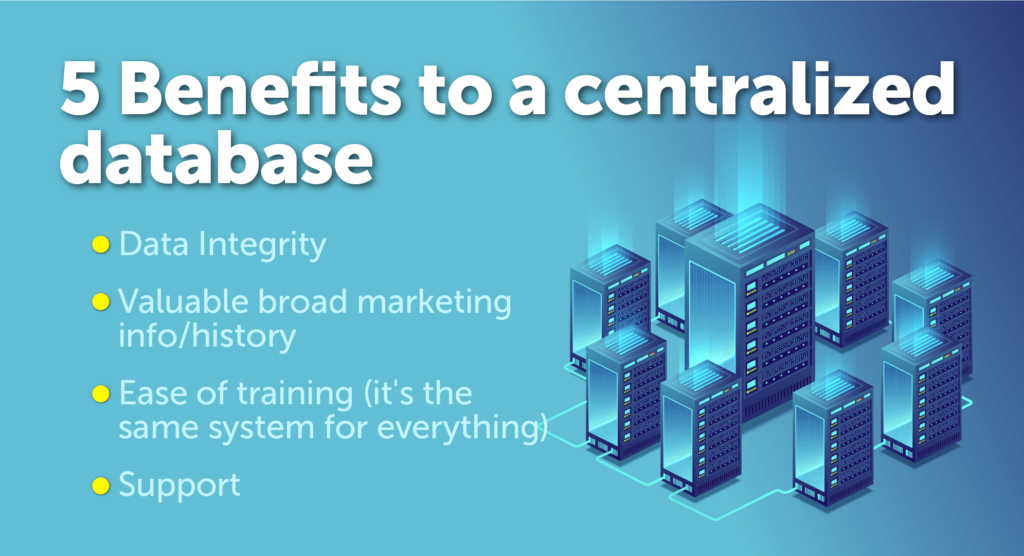
A centralized database is also great for streamlining your data. Because everything is in one place, there’s no duplicate data bulking up your system.
- Use the right tech
We’ve spoken above about centralizing your data. To do this properly, it’s worth shopping around for the platform or system that suits you.
This doesn’t just apply to data, of course. Marketing is going through a tech revolution, and there’s some really exciting stuff out there. The right tech could have a huge impact on your SMS and your email marketing, allowing you to blend them in innovative ways.
For example, marketing AIs can curate and automate blended SMS and email customer journeys, releasing personalized texts and emails at the perfect time to nudge your customer to the next stage.
There are many different types of sales enablement tools that can help you to streamline, manage, and enhance your SMS strategy. From SMS automation to data-management platforms and CRMs to centralize your data, there’s plenty out there. Don’t be afraid to shop around for the right martech for you.
- Keep it brief
We’ve spoken above about the comparative strengths of text and email. Long-form messaging is not a strength of SMS.
People will open your SMS quickly, but if they’re met with a wall of text on that tiny screen, they won’t stick around to read it. So, keep your texts brief. Provide the essential information as clearly and succinctly as possible.
If you’ve got a lot to say, use the SMS as an alert to get the customer’s attention and direct them elsewhere for more details, as Macy’s has done here:


- Be consistent with your messaging
Brand consistency is important across the board. If your brand’s voice or values differ from channel to channel, your customer will be confused. In order to build a relationship with your customer, you need to present a consistent persona at every point.
This can be tough with SMS. It’s hard to convey your brand’s personality in a few brief words. Having TOV (Tone of Voice) guidelines to hand can help.
TOV guidelines are useful when coaching sales team. Moving forward, a TOV document will give salespeople and marketers a quick go-to guide when they’re not sure what wording to use.
Rule your market with a blend of SMS and email
Few things can grab a customer’s attention like SMS. By combining SMS and email marketing, you can build high-converting customer journeys and dominate your market.
Play to the strengths of each channel, and you’ll quickly find the leads flooding in and your conversion rate rising rapidly.















